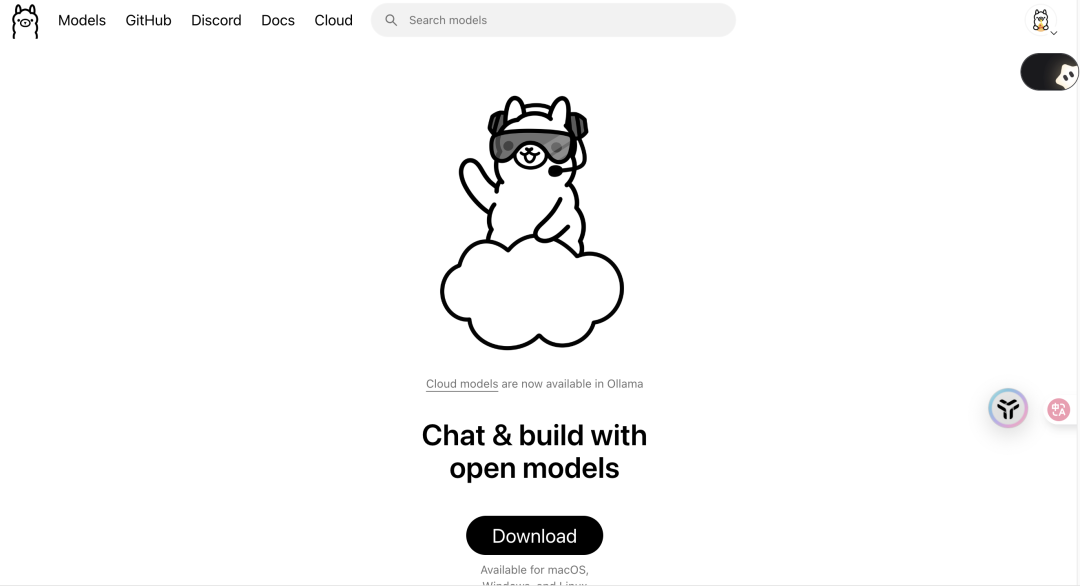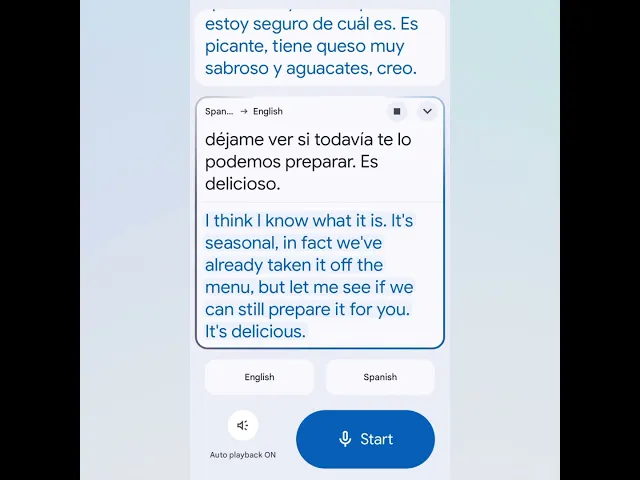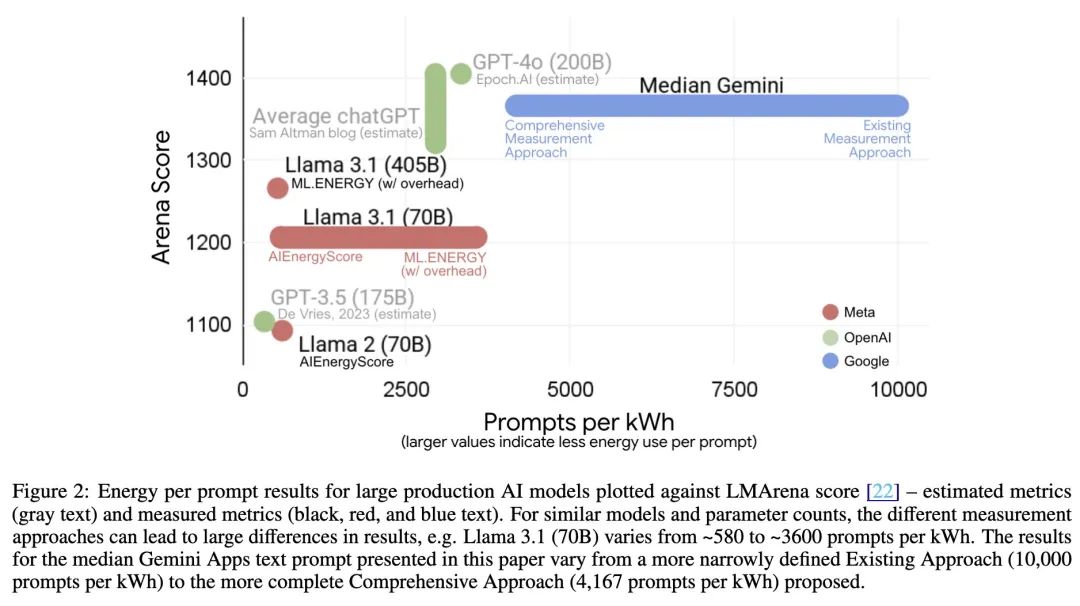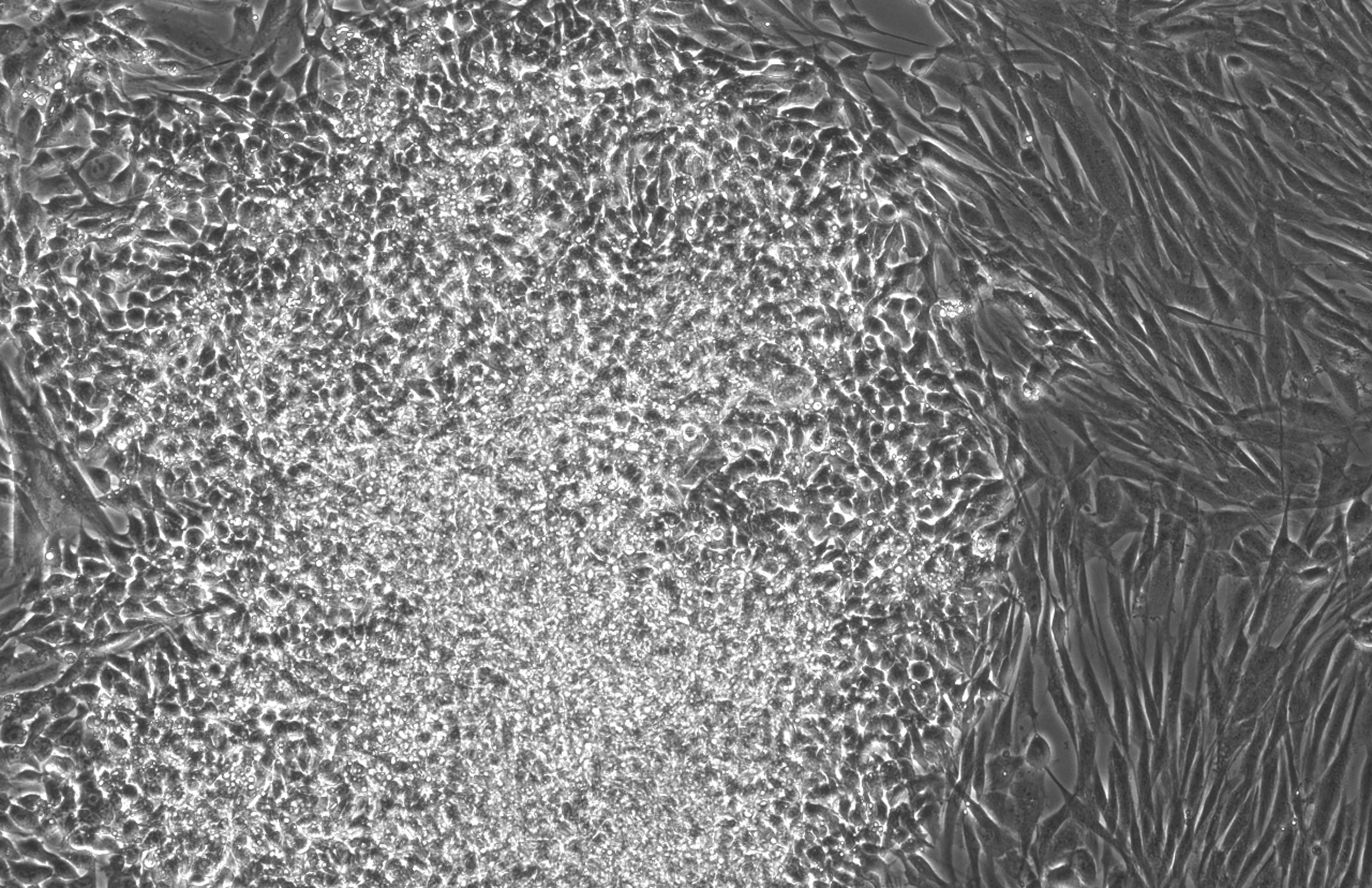Black Forest Labs, specializing in cutting-edge generative AI model development, and Applied AI Labs Krea AI recently announced a partnership to launch a new product called FLUX.1 The open-source Weighted Vincennes model of Krea [dev]. The core goal of the model is to solve the problem of over-saturated, unnatural texture "AI sense" that is common in many current AI-generated images, and to generate more realistic images through its unique aesthetic approach.
"Opinionated" Image Generation Methods
FLUX.1 Krea [dev] has been described as an "Opinionated" graphic model, a positioning that makes it unique among image generation tools. Being "opinionated" means that the model is given specific aesthetic preferences during the training phase, aiming at generating more aesthetically pleasing, diverse, and visually appealing images, rather than just being a neutral tool that passively responds to instructions. This approach effectively avoids over-smoothing, highlight overflow, and plastic-looking textures that are common in the generated results, bringing a surprisingly creative experience to the user.
collaboration with Stable Diffusion In comparison tests of models such asFLUX.1 It shows clear advantages in handling complex scenes, rendering dynamic effects, and maintaining details in the image, especially in portraying subjects that require a lot of imagination, such as surreal landscapes or futuristic cities.
According to the official Human Preference Assessment released, FLUX.1 Krea [dev], despite its unique stylistic tendencies, performs at the top of the open-source models and even rivals commercial solutions such as the closed-source FLUX.1.1 [pro].
Architectural Innovation: Say Goodbye to U-Net, Embrace Transformer
FLUX.1 Krea [dev] remains architecturally compatible with the FLUX.1 [dev] ecosystem. It is architecturally compatible with the Stable Diffusion Series widely used U-Net The architecture is different.FLUX.1 series utilizes a hybrid architecture with a 12-billion-parameter core based entirely on the Transformer The design.
To more accurately understand the prompt words entered by the user, the architecture employs a dual text encoder: a CLIP Encoder (clip_l.safetensors) and a larger T5-XXL Encoder (t5xxl_fp16.safetensors). This design allows it to capture both the fine-grained semantics and macro-context of the text, thus demonstrating far greater adherence than a single encoder model when dealing with complex, multi-object long textual cues. The model is also optimized for rendering precise human anatomy (especially traditionally difficult areas such as hands) with significantly higher accuracy than comparable models.
In terms of training methods.FLUX.1 Flow Matching, a more efficient training method than the traditional Diffusion process, is used, which helps to improve the coherence and stylistic diversity of image generation.
Model weights for FLUX.1 Krea [dev] are currently available in the HuggingFace codebase and can be accessed via the FAL.ai, Replicate, Runware, DataCrunch cap (a poem) TogetherAI The model is integrated with APIs provided by several platforms. It is worth noting that due to its large number of parameters, running the model has certain hardware requirements, and it is recommended to use a graphics card with at least 24GB of VRAM for the best experience, while users with low VRAM can opt for the FP8 quantized version or wait for the community to further optimize it.
Core Features
- Top-notch image generation: Provides image quality and cue word following capabilities comparable to industry leading models.
- Unique aesthetic styleThe result is a more realistic and artistic image that effectively circumvents the prevailing "AI feel".
- Excellent detail rendering: Outstanding in handling complex compositions and fine human structures.
- Flexible customization: Can be used as a base model for fine-tuning downstream applications.
- Advanced Technology Architecture: Using a dual text encoder and a
TransformerThe design ensures powerful performance.
Value of the collaborative model
This collaboration between Black Forest Labs and Krea AI demonstrates the value of synergies between fundamental modeling and vertical application development, where Black Forest Labs provides powerful and flexible fundamental models and Krea AI applies them to real-world scenarios and optimizes them, a model that enables the two companies to jointly drive the development of open source AI image generation technologies. technology. By working closely together, the base model receives valuable application feedback during the development phase, which accelerates iteration and creates previously unattainable results.


![FLUX.1 Krea [dev] released: "Opinionated" image model to eliminate "AI sense" - 1 FLUX.1 Krea [dev] released: "Opinionated" image model to eliminate "AI sense" - 1](https://www.kdjingpai.com/wp-content/uploads/2025/08/e581903b333c1b9.jpg)
![FLUX.1 Krea [dev] released: "Opinionated" image model to eliminate "AI sense" -2 FLUX.1 Krea [dev] released: "Opinionated" image model to eliminate "AI sense" -2](https://www.kdjingpai.com/wp-content/uploads/2025/08/d07858fc5a5c79c.jpg)
![FLUX.1 Krea [dev] released: "Opinionated" image model to eliminate "AI sense" -3 FLUX.1 Krea [dev] released: "Opinionated" image model to eliminate "AI sense" -3](https://www.kdjingpai.com/wp-content/uploads/2025/08/5982f99e9ed35e3.png)




































